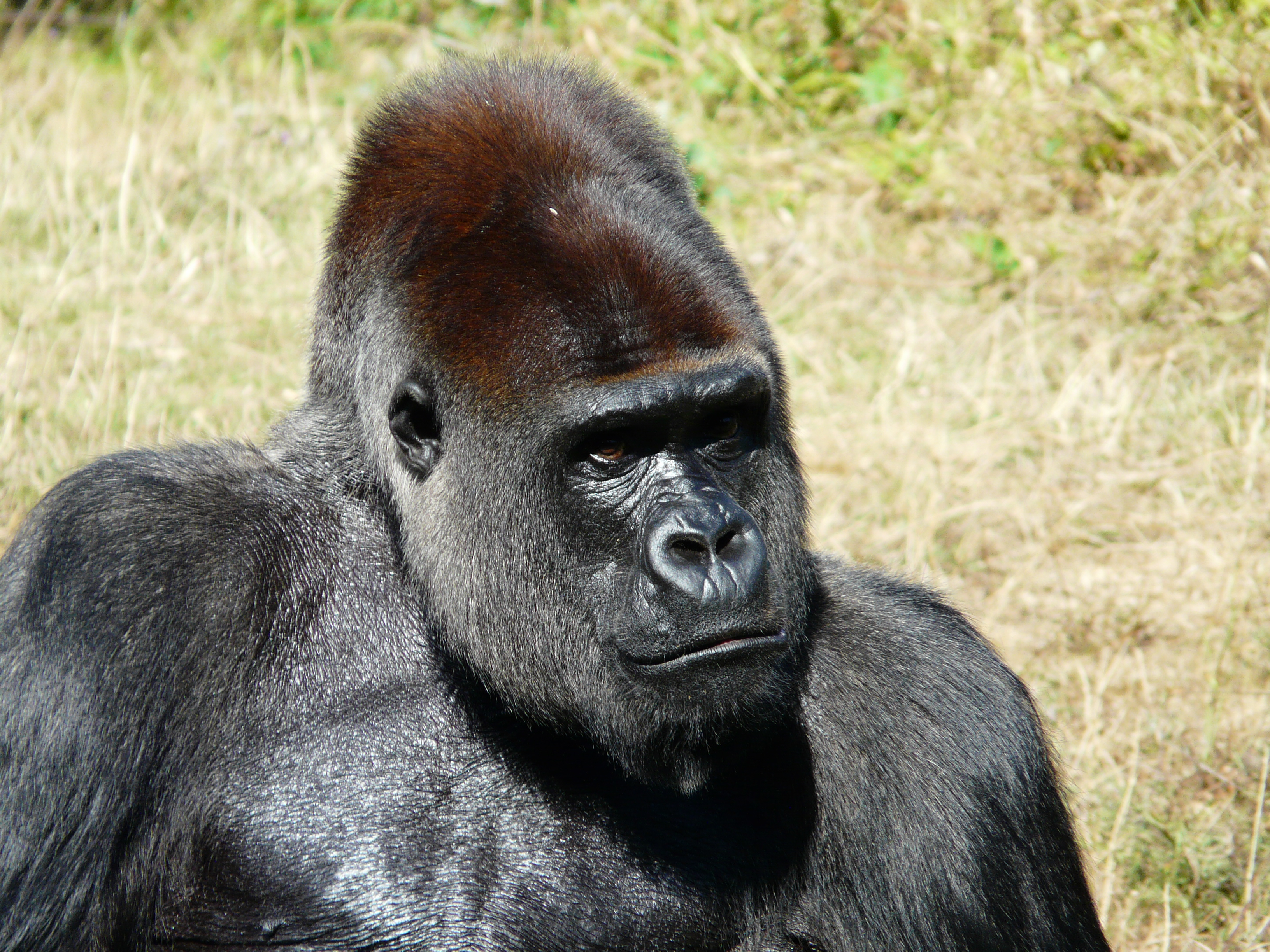- Territorial governance improvment
- Threatened species conservation
- Bénéficiaire ESI Congo - Endangered Species International Congo
- Montant du projet 156 889€
- Subventions FFEM 63 229€
-
État du projet en cours
Kakamoeka district is 60-80% covered by forest and includes a series of dense forests, degraded forests, swamp and flood forests, and complex savannas-fallow-degraded forests, especially in the sub-littoral zone part in the Ntombo concession. These ecosystems are home to a rich and varied local biodiversity.
The forests of the Kakamoeka district are home to local biodiversity, representative of the Mayombe forest and composed, among others, of species of global importance, such as the elephant (Loxondota cyclotis africana), the western lowland gorilla (Gorilla gorilla gorilla) and the common chimpanzee (Pan troglodystes troglodystes). These three species are classified on the IUCN Red List and protected by national laws, in particular Law 37-2008 of November 28, 2008 relating to wildlife and protected areas.
Indeed, this project aims to strengthen the conservation of elephants, gorillas and chimpanzees of the Mayombe forest and the concerted management of natural resources in the district of Kakamoeka, in the south-west of the Republic of Congo. The Kakamoeka district is important for the good ecological functioning of this forest. It is home to relatively large populations of great apes and is an essential passage for elephants in their migration. As a result, it plays a pivotal role and ensures connectivity between the three Protected Areas that exist there, namely: the Conkouati-Douli Natural Park (PCND), the Dimonika Biosphere Reserve (RBD) and the Tchimpounga Nature Reserve. (RNT). The project will focus its attention and concentrate its activities on two areas particularly under pressure. These are the Ntombo forest concession being classified as a forest reserve and the forests of the Loaka area integrated into ecological corridor 1 between the PNCD and the new Ntombo Protected Area. These two ecological zones provide major environmental services and provide livelihoods to local communities.
